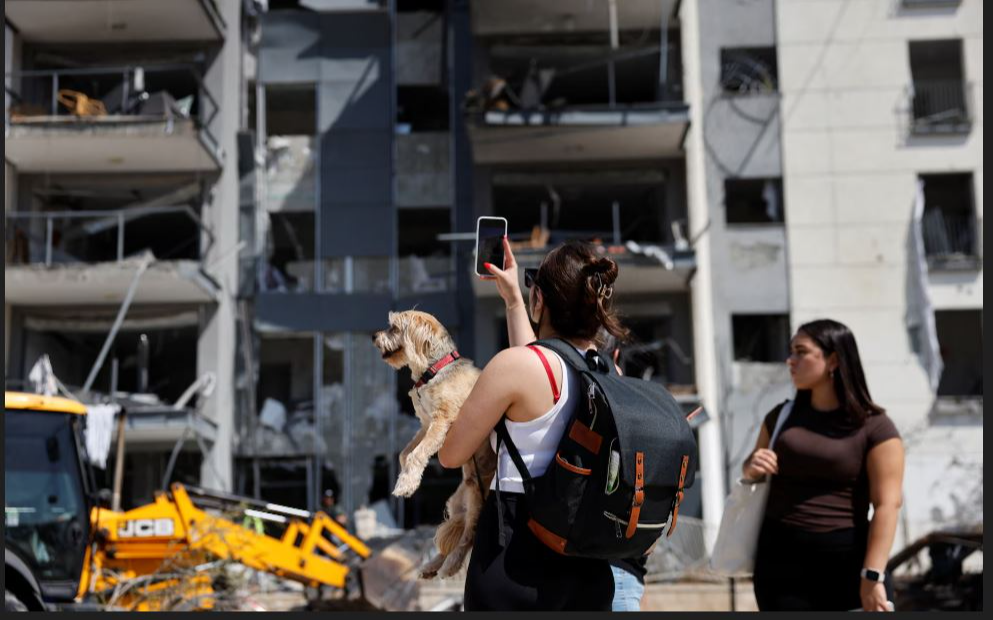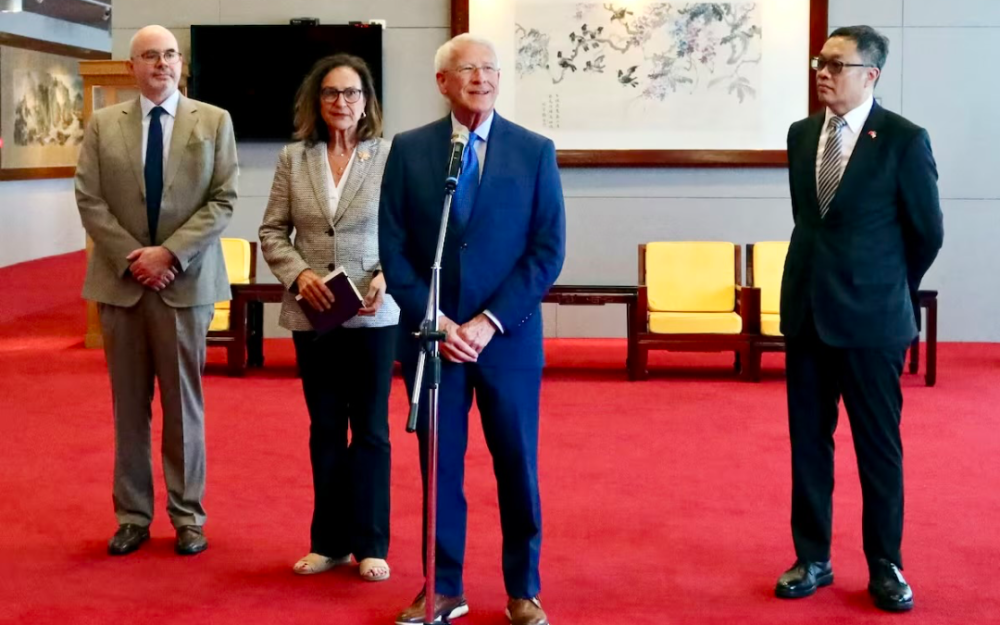走进核阴影之中东未来

Into the Nuclear Shadow – The Future of the Middle East
The moment fire pierced the night sky and satellite images revealed scorched craters on the earth’s surface, the Middle East ceased to be merely a land of ancient rivalries and religious tensions. It stepped into the unknown terrain of a nuclear shadow. The United States’ precision strikes on Iran’s nuclear facilities did not merely end a long diplomatic deadlock—they signaled the dawn of a new post-agreement era of nuclear geopolitics.
The question now is not, “Will there be war?”, but rather: "Can the Middle East still escape the curse of a nuclear threat?”
The Middle East has never been far from conflict. Yet for decades, the world relied on international nonproliferation mechanisms—such as the Non-Proliferation Treaty (NPT)—and multilateral agreements like the 2015 Iran nuclear deal (JCPOA) to delay or contain the march toward nuclearization. But with the collapse of those accords and the rise of maximum pressure strategies, the standoff between Iran and the United States has evolved into a game of brinkmanship—who will lose patience first, strike first, and rewrite the rules of deterrence?
Now, that delicate balance has crumbled. Military force has taken the stage, signaling the failure of diplomacy and shattering the illusion that the nuclear threshold can be preserved through dialogue alone.
Though Iran has suffered significant material losses in the strikes, it may have gained something else in return: a kind of moral license to escalate. For Tehran, this attack validates its drive to acquire nuclear weapons—because the trust in international assurances and security guarantees has now been shattered.
In the near future, Iran is likely to:
• Withdraw from the International Atomic Energy Agency (IAEA) and pursue a “North Korea-style” opaque strategy to preserve space for secret development;
• Accelerate its missile and drone programs, integrating nuclear deterrence with precision strike capabilities;
• Seek political backing from China and Russia to counterbalance U.S.-Israeli pressure, creating a new axis of geopolitical resistance.
This “the more you strike, the more I go nuclear” logic will not stop with Iran. It may very well push Saudi Arabia, Turkey, and even Egypt to reconsider their own nuclear futures—opening a Pandora’s box of proliferation across the Middle East.
For Israel, the strikes may represent a tactical success, a temporary delay of Iran’s ambitions. Yet it may also place the country squarely in the line of fire. Long a practitioner of “nuclear ambiguity,” Israel now faces the dual threat of Iranian retaliation and heightened attacks by Hezbollah and other proxy forces. Its national security apparatus may become increasingly militarized, and its society may be drawn into prolonged anxiety and division.
Still, even in the nuclear shadow, a future is not out of reach.
Hope might arise from a renewed global call for nuclear disarmament—or from a bold regional initiative to reimagine security without weapons of mass destruction.
But first, there must be a deeper realization: Nuclear weapons are not a guarantee of strength—they are the cliff's edge of civilization.































